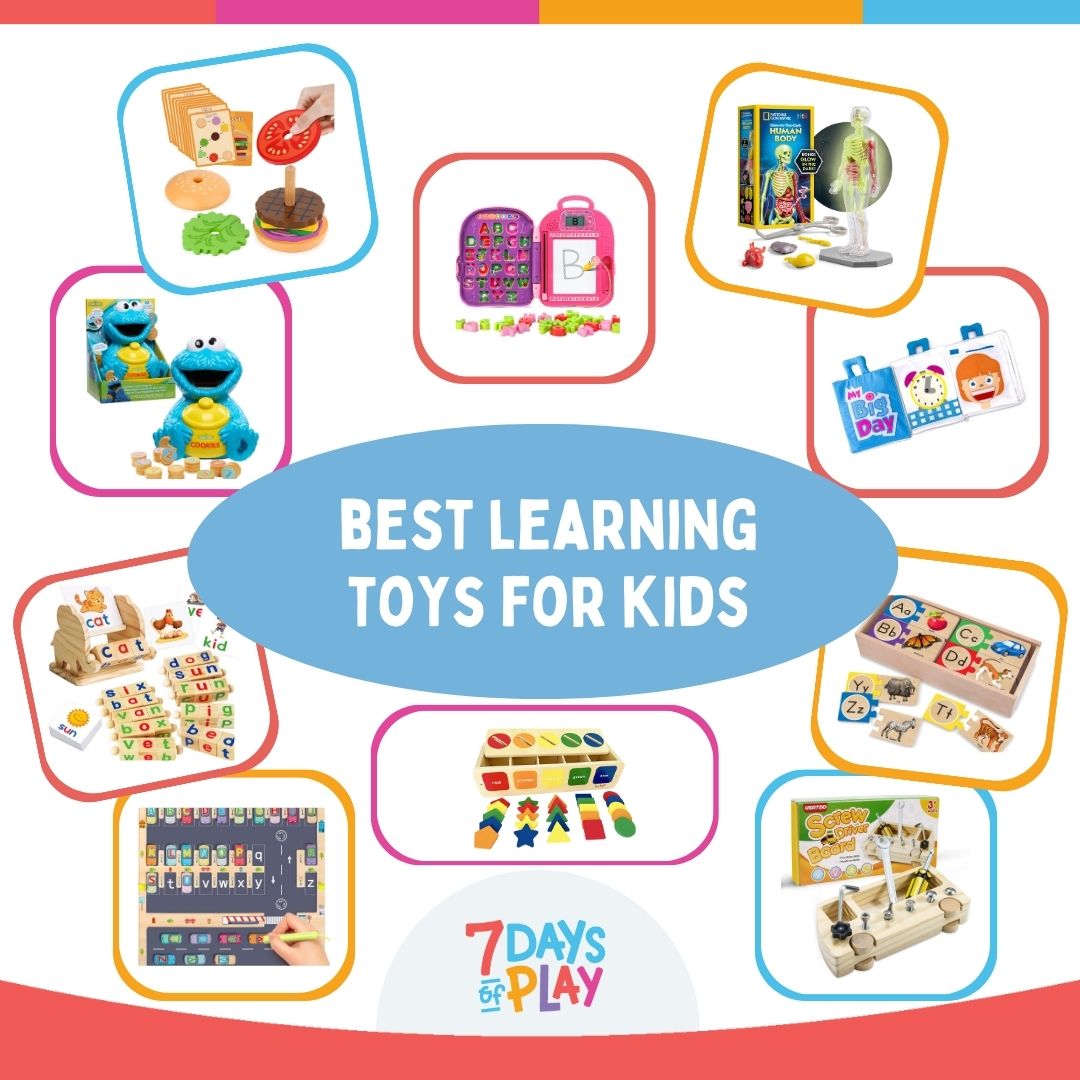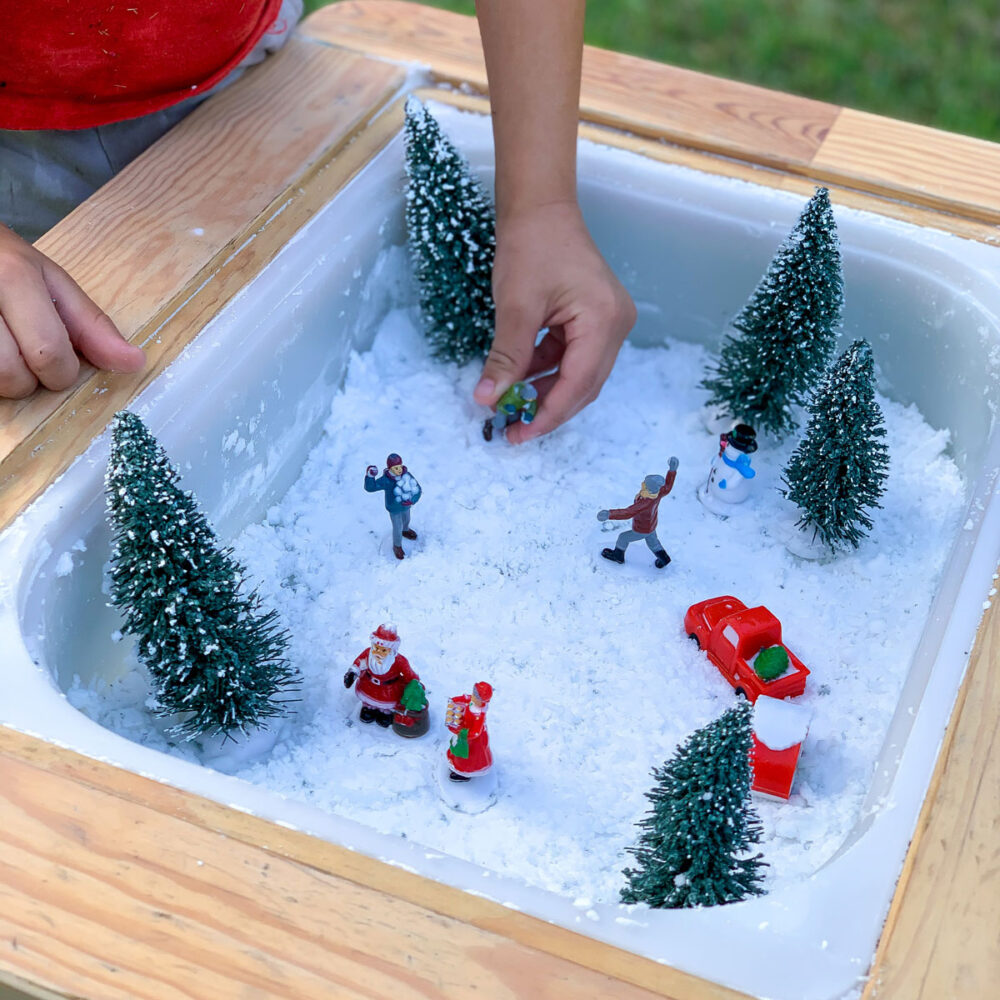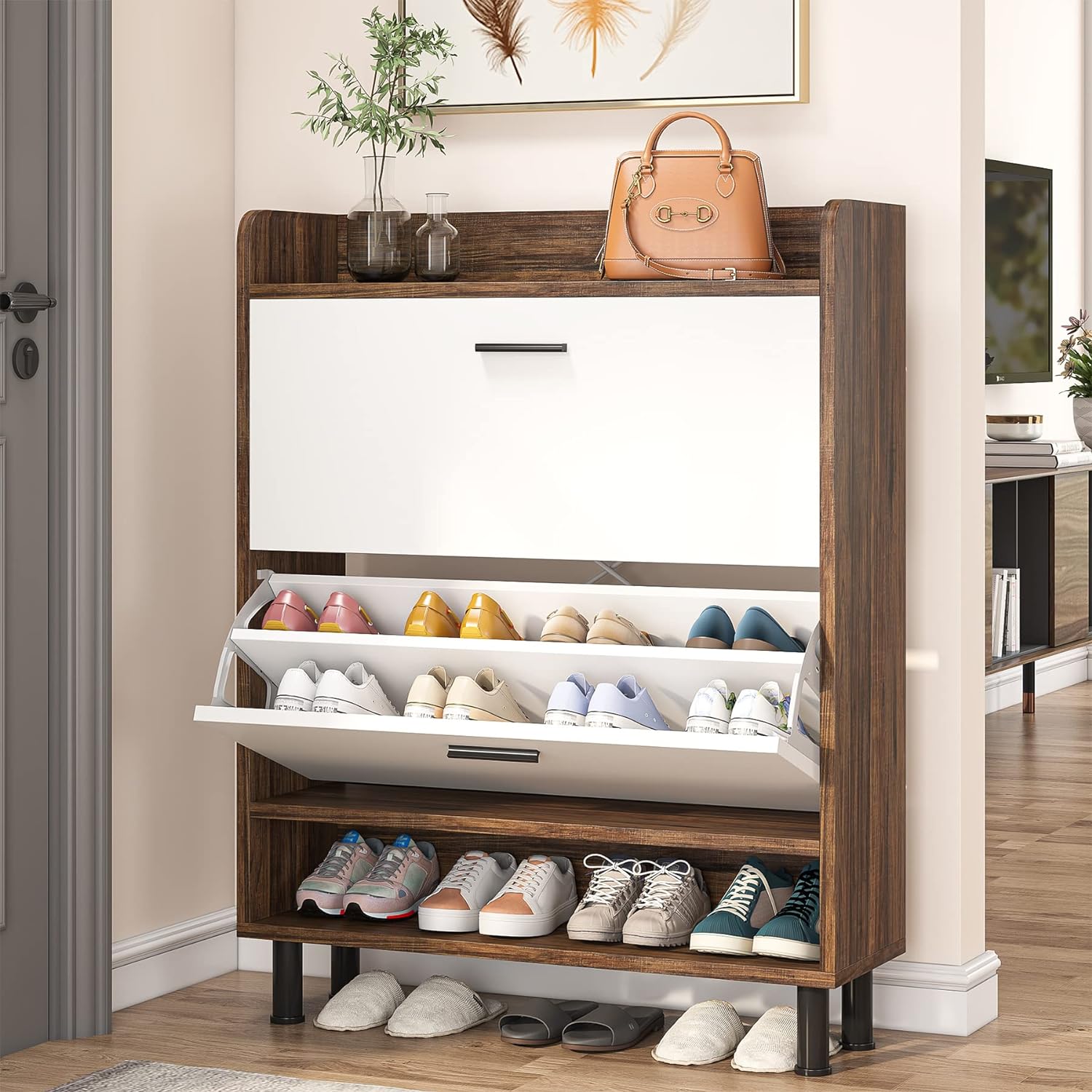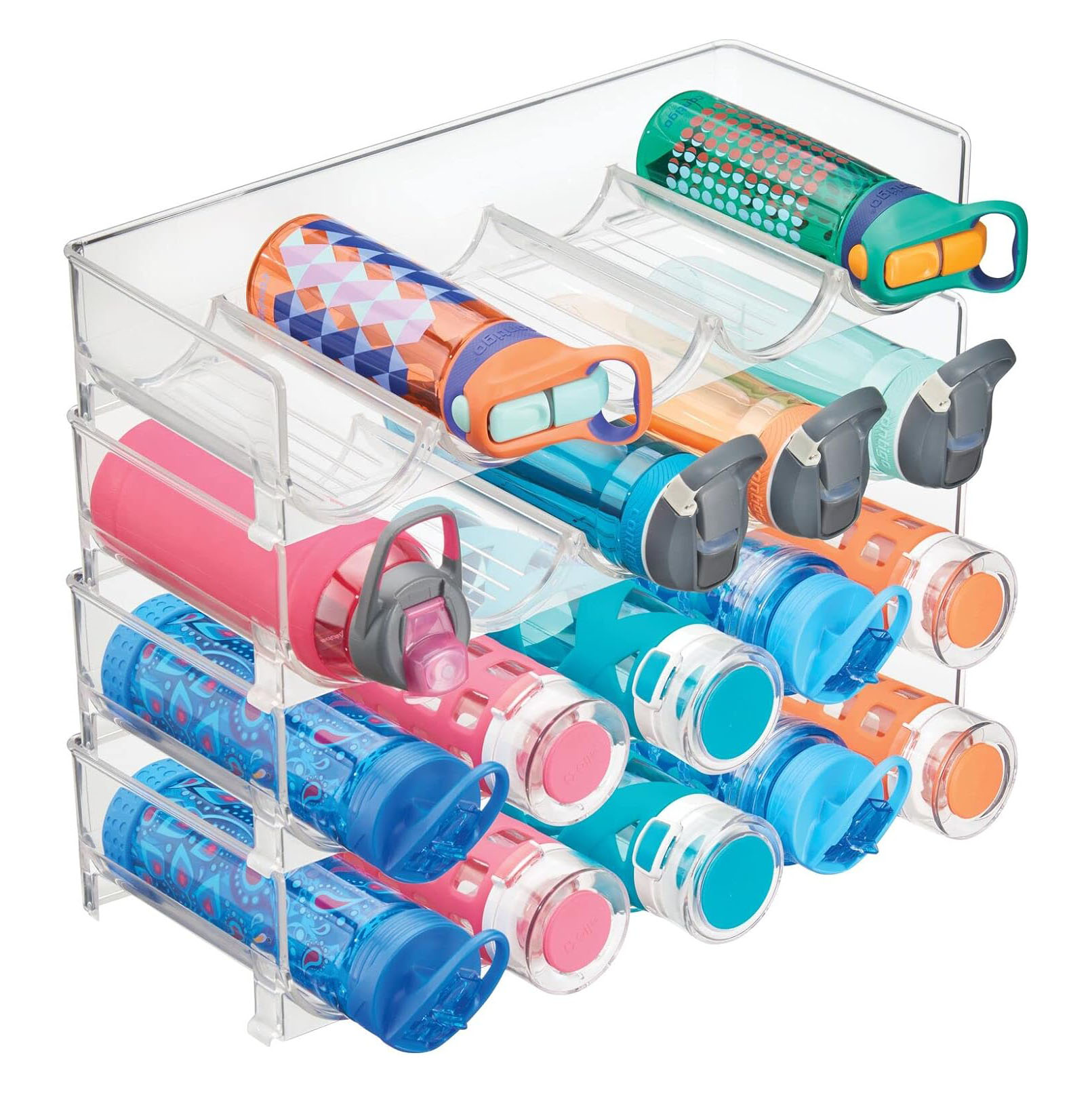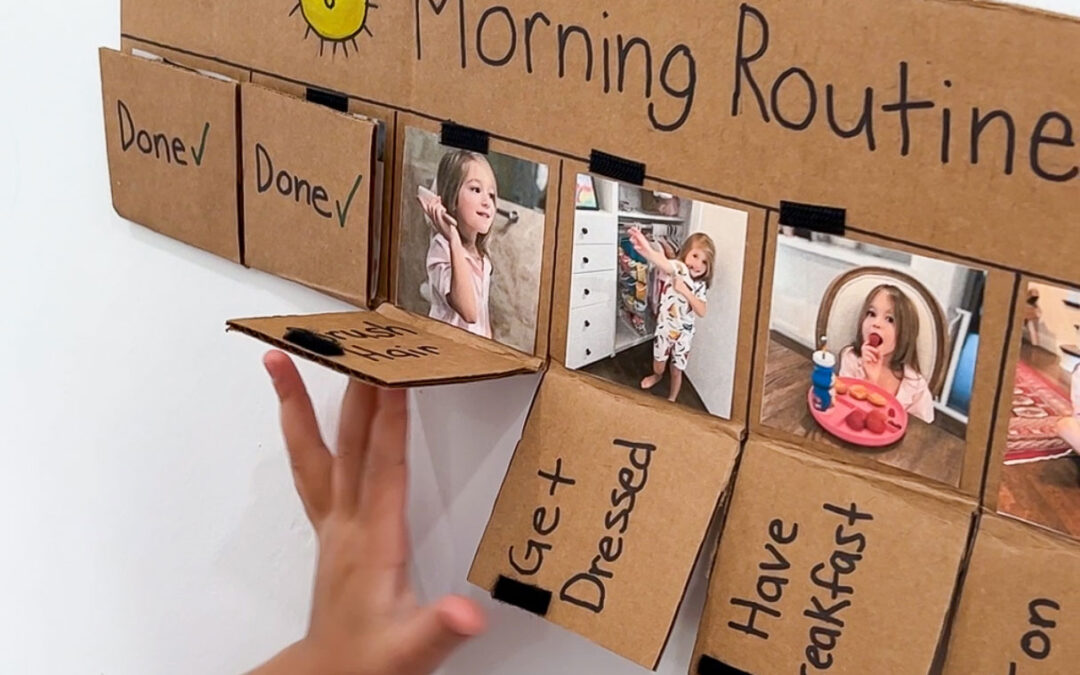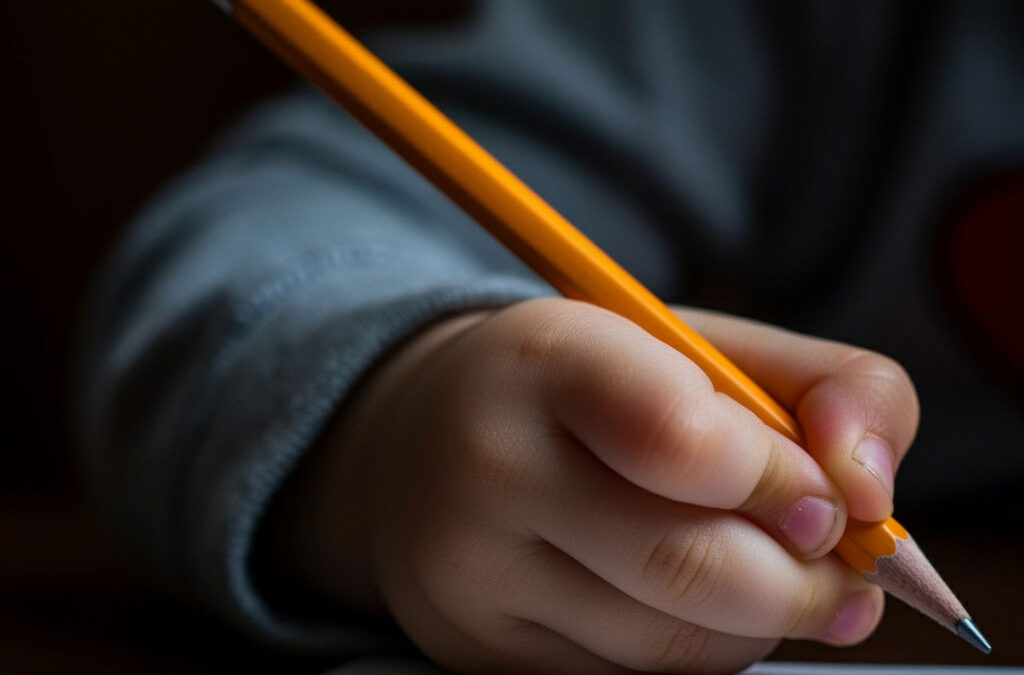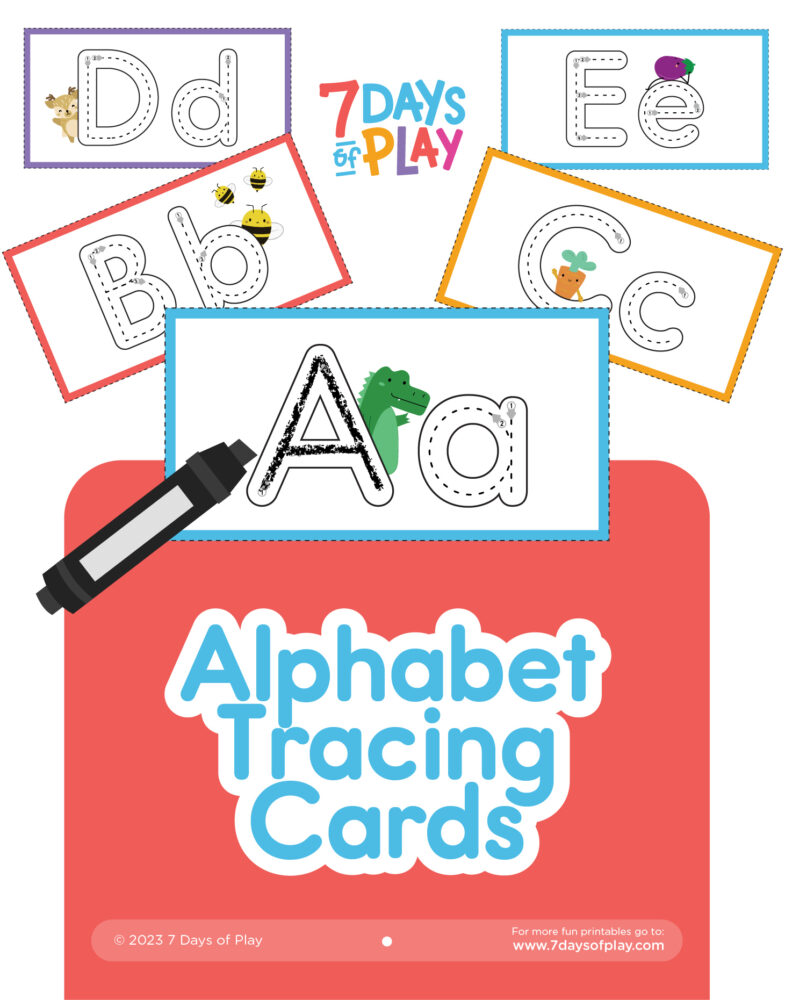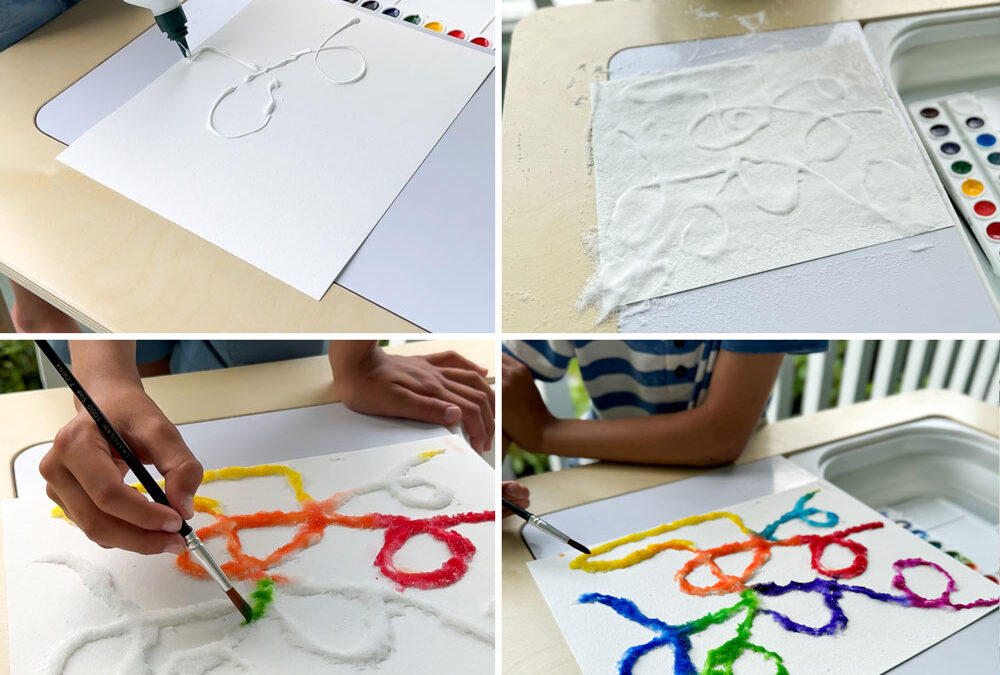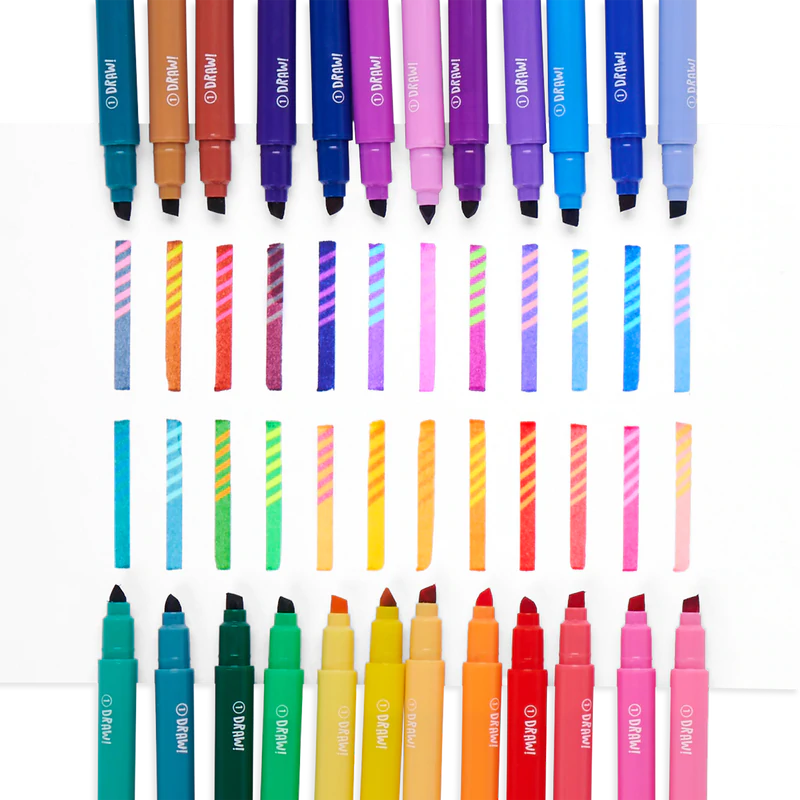Find the best gifts for 8 to 12 year olds with our top picks for boys and girls—perfect for sparking creativity and fun for kids this age!
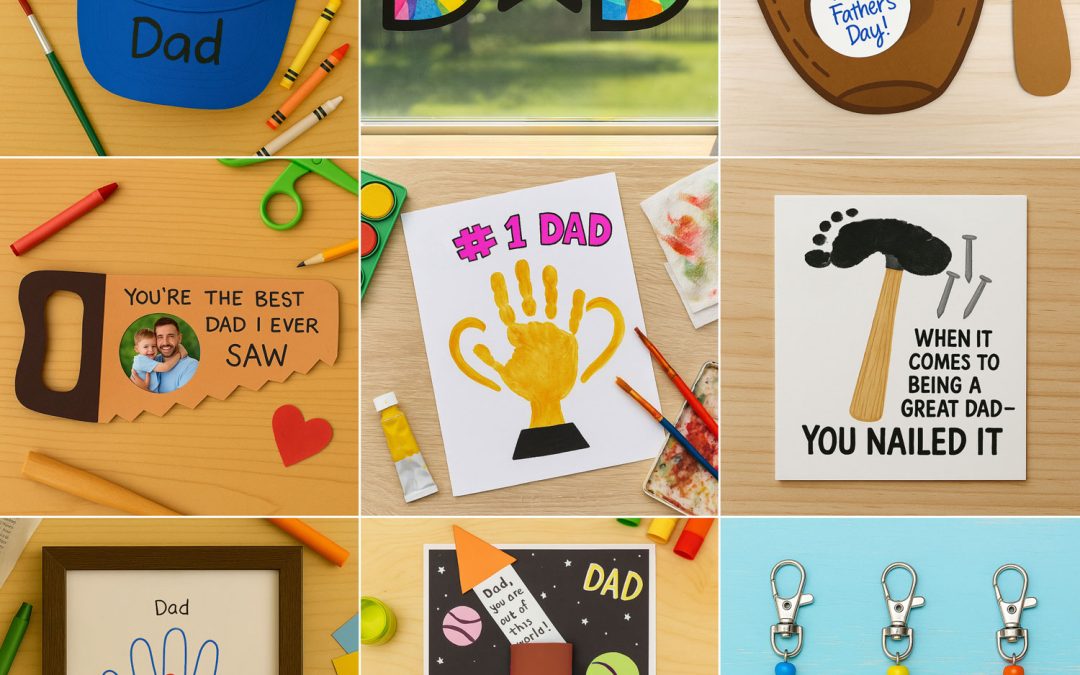
Handmade Father’s Day Crafts That Dad Will Actually Want to Keep
Father’s Day Crafts That Dad Will Actually Want to Keep
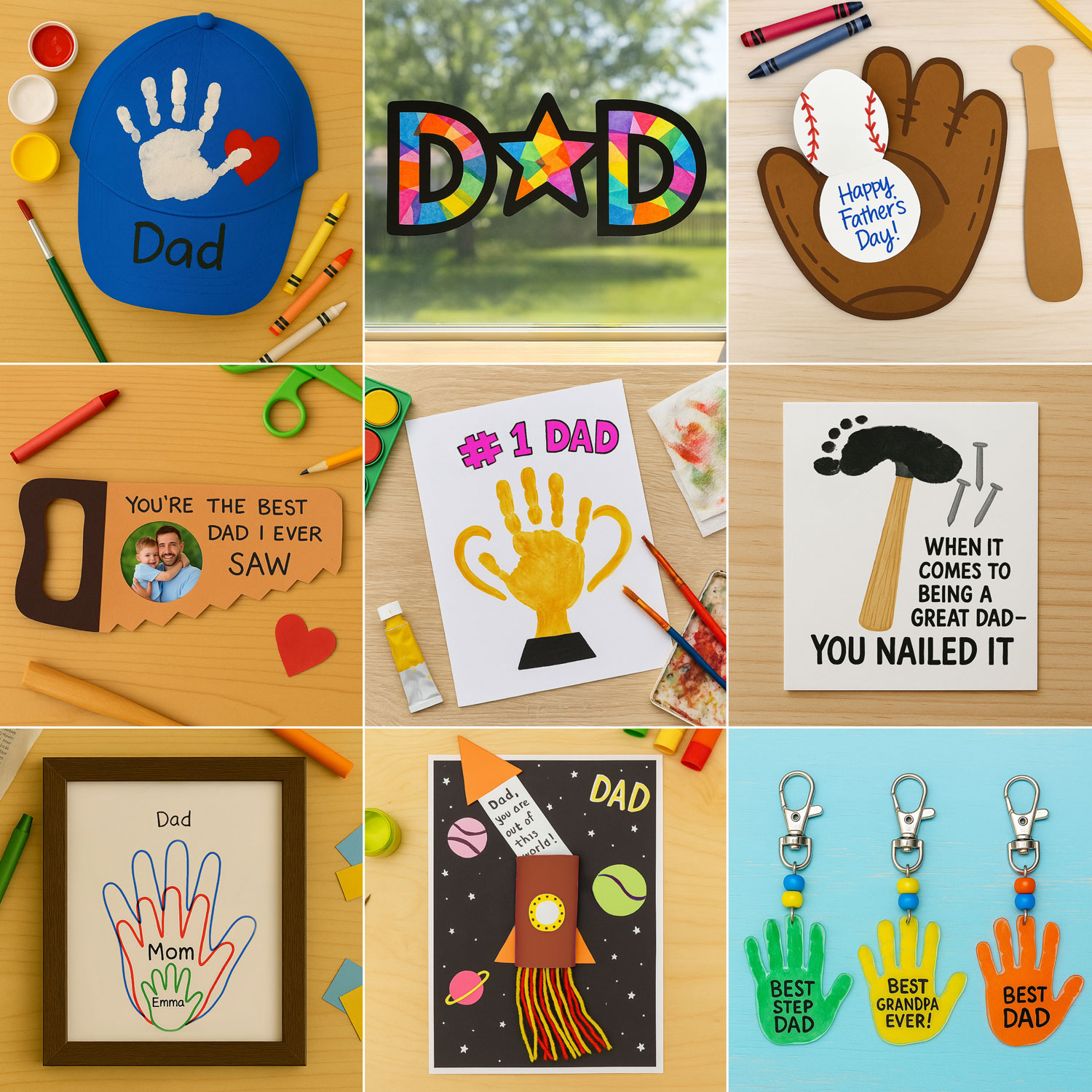
Discover the best Father’s Day crafts kids can make—simple, fun, and heartfelt ideas for celebrating Dad in a handmade way.
The Best DIY Father’s Day Crafts to Make Dad Smile
Looking for some fun and meaningful Father’s Day crafts your kids can make? You’ve come to the right place! Whether you’re crafting with toddlers, preschoolers, or big kids, this post is packed with easy, DIY ideas that are as adorable as they are heartfelt.
From handmade cards to keepsake art—and even some free printables to make things extra simple—these crafts are all about making Dad feel extra special (and maybe even a little emotional—fair warning!). So gather your glue sticks, break out the crayons, and get ready to make something unforgettable for Father’s Day.
All toys and activities should be supervised by an adult. As an Amazon Associate, I earn from qualifying purchases. This post may contain affiliate links.
Father’s Day Crafts Kids Can Make with Love
From handprint trophies to rocket cards and everything in between, these easy Father’s Day crafts come with step-by-step instructions and photos so kids can create something Dad will treasure.

Baseball Glove Card
Cut out a glove and baseball shape, then write a sweet Father’s Day message inside the ball.

Popsicle Stick House Frame
Glue popsicle sticks into a house shape, decorate with buttons, and add a photo to make a special frame for Dad.

Hammer Footprint Card
Stamp your foot in paint to make a hammer head, draw the handle, and write a fun pun to celebrate Dad.

Shrinky Dink Handprint Keychains
Trace your hand on shrink plastic, color it, write a message, and bake it to create a personalized keychain.

Peg Family Portraits
Create a mini family using paper faces and outfits glued to clothespins for a cute tabletop surprise.

Handprint Trophy Card
Use yellow paint to stamp your hand and turn it into a trophy to show Dad he’s the best.

Shirt and Tie Pencil Holder
Wrap a can in paper, add a paper collar and tie, and turn it into a cool pencil holder for Dad’s workspace.

Rocket Card With Message
Build a rocket using paper and yarn flames, then slide out a secret message to launch Dad’s smile.

Polka Dot Tie Bookmark
Cut a tie shape from paper, decorate with colorful dots, and add yarn to make a fun bookmark for Dad.

Toilet Paper Roll Dads
Wrap toilet paper rolls in colored paper, add googly eyes and fun ties to create silly dad characters.

DAD Suncatcher Window Art
Fill cut-out letters with colorful tissue paper to make a stained-glass DAD sign that glows in the sun.

Saw-Shaped Photo Card
Make a saw-shaped card from paper and add a photo to surprise Dad with a clever message.

Painted Rock Family
Paint smiling faces on rocks to look like your family and gift them as a cute keepsake for Dad.

Sports-Themed DAD Garland
Cut out letters and sports balls, then string them together with clips to decorate for Dad’s special day.

Father’s Day Gift Bag
Glue a paper tie onto a plain gift bag to make it look like Dad’s favorite shirt and tie.

Baseball Card
Cut and glue paper pieces to make a hand holding a bat and a baseball to celebrate Dad’s winning love.

Baseball Card
Cut and glue paper pieces to make a hand holding a bat and a baseball to celebrate Dad’s winning love.

DIY Camera Card
Create a cardboard camera and slide out a photo with a sweet message to capture a memory for Dad.

Handprint Hat
Stamp a handprint and paint a heart on a cap to give Dad a wearable hug for Father’s Day.

Family Handprint Art for Dad
Trace the hands of each family member inside one another on paper, then frame it for a heartwarming gift.
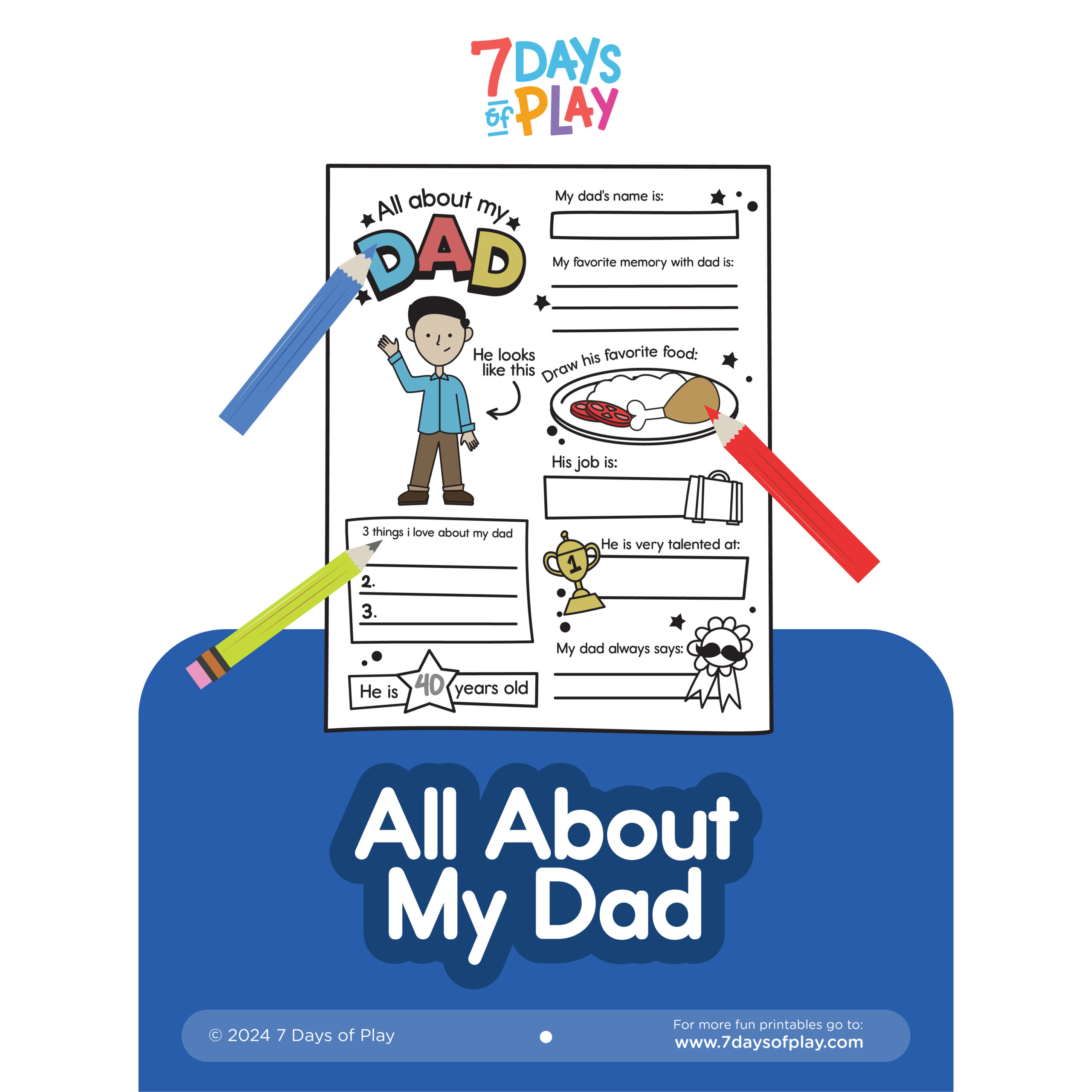
All About My Dad Printable
Download and print the All About My Dad template below. Let kids share their favorite things about Dad with this sweet and silly fill-in-the-blank worksheet.
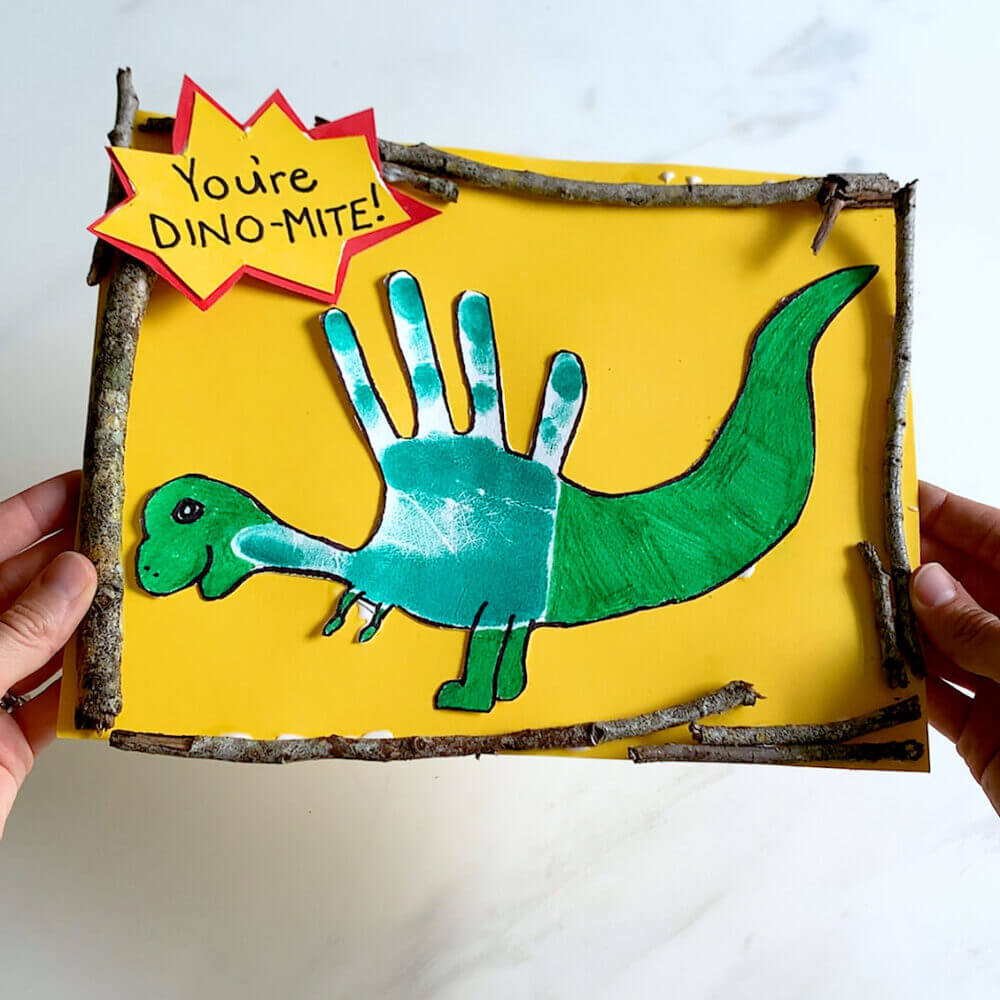
Dino-Mite Handprint Craft
Click below to get the step by step directions! For the dad who’s wild about dinosaurs (or just wild about his kids), this handprint dinosaur is a total hit.
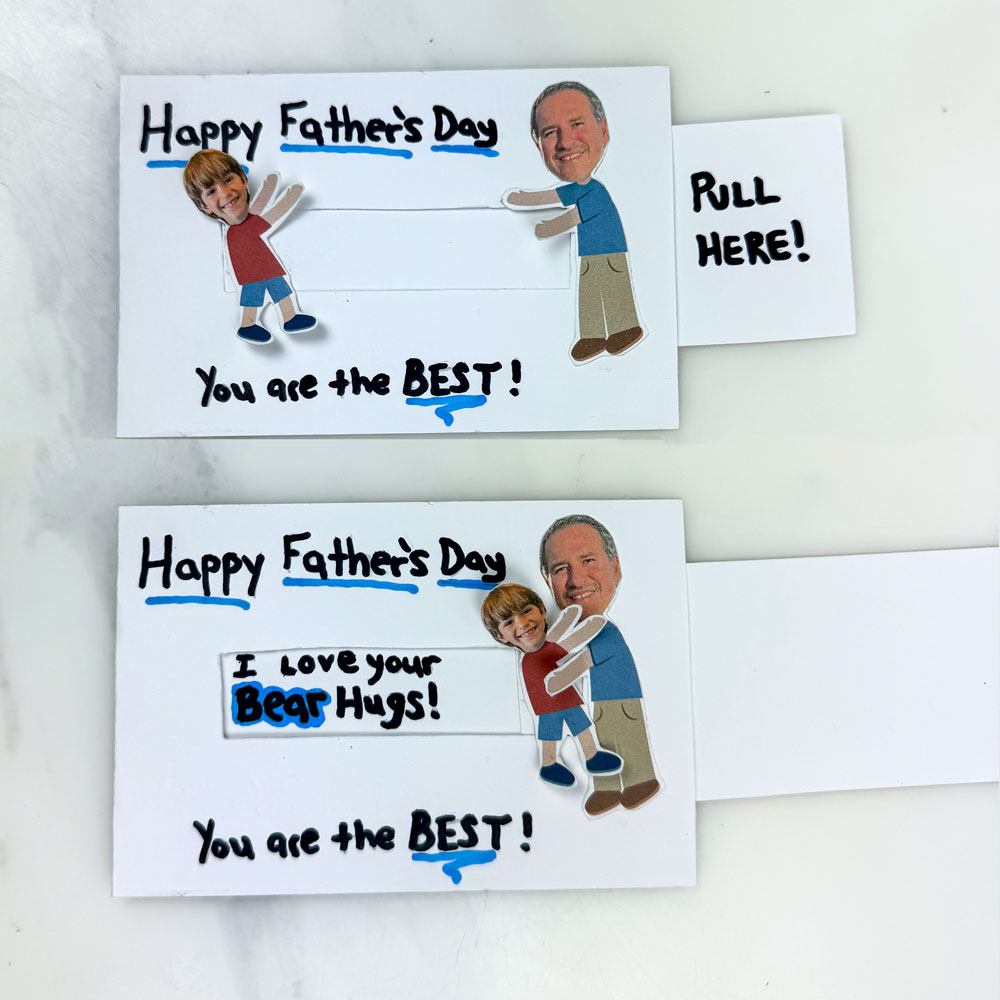
Bear Hug Pull Tab Card
Click below to get the step by step directions! This interactive card is a whole lot of fun—and full of heart. When you pull the tab, the hidden message is revealed!

Father’s Day Keepsake Gifts Printable Pack
Download and print the templates below. This printable includes multiple creative options—like hammer, rocket, guitar, and dinosaur handprint crafts—perfect for every kind of dad.

Handprint Plate with “My Hero My Dad” Text
A painted ceramic plate featuring red handprints and a message. Kids can use red paint to stamp their handprints on a ceramic plate and write a short message using black paint pens.

Apple Core-Shaped Paper Plate Photo Frame
A paper plate craft shaped like an apple core with a photo in the center. Children cut and paint a paper plate to resemble an apple core, then glue on a photo and add decorations.

Clay Photo Frames in Handprint and Football Shapes
Two clay photo frames shaped like a hand and a football, each holding a small picture. Kids shape air-dry clay into a hand or football, cut out a heart for the photo, and decorate once dried.

Stamped “Dad” Poster with Sports Shapes
Kids can use sponge stamps shaped like sports balls and letters to decorate a colorful poster for their dad.

Footprint Heart Father’s Day Card
A greeting card with a heart shape filled with two footprint stamps. Children paint the bottoms of their feet, stamp them in a heart shape on a folded card, and write a message above.

Popcorn Card with Pompoms and Painted Text
A handmade card with a popcorn container filled with glued pompoms. Kids paint a popcorn bucket on cardstock, glue yellow and white pompoms on top, and write a short message.

Handmade Clay Dish with Watch and “Dad” Text
A clay bowl painted inside with a yellow circle and the word “dad”. Children mold a small bowl with air-dry clay, paint it once dry, and write “dad” in the center.

Colorful Puzzle Piece Photo Frame with Message
A photo frame made from foam puzzle pieces with a message sign attached. Kids glue foam puzzle pieces into a square shape, insert a photo, and add a cardboard sign with a message.

Photo Frame Decorated with Metal Nuts
A handmade photo frame with glued metal nuts and a Father’s Day message. Kids paint a frame, glue on various nuts around the border, add a printed message, and place a photo inside.

Egg Carton with Colorful Egg-Shaped Messages
A painted egg carton filled with decorated egg shapes and handwritten messages. Children paint an egg carton, cut egg shapes from colored paper, write messages, and glue them inside.

Guitar Handprint Craft
Painted handprint shaped like a guitar on paper. A child can use brown paint to stamp their hand and add black drawn strings and music notes.

Sports Ball Wreath on Paper Plate
Paper plate wreath decorated with foam sports balls. A child can cut out the center of a paper plate and glue on ball shapes with green leaves and a bow.

Painted Jar Lantern with Heart Window
Painted mason jar with heart cutout and tea light. A child can paint a glass jar, cut out a heart shape, and place a battery tea light inside with a gift tag.

BBQ Grill Card with Handprint Flames
Paper bowl grill with cutout handprint flames. A child can cut out paper handprints in red, orange, and yellow to glue behind a paper grill and complete it with a fork and message.

Father’s Day Crown with Cutout Hands
Paper crown decorated with colorful cutout hands. A child can trace and cut out their hands in different colors and glue them onto a paper crown band.

Golf Footprint Card
Golf-themed card with painted footprint. A child can paint the bottom of their foot and step onto the paper to create the shape of a golf swing.

Framed Sole and Footprint Print
Framed print with shoe sole and child’s footprint. A child can stamp a printed boot sole shape and add their painted footprint on top before framing.

Handprint Card with DAD Message
Father’s Day card with handprint as letter A. A child can use paint to make a handprint in the center of the word “DAD” printed on a card.

Fishing Handprint Card
Fish-shaped handprint with fishing rod illustration. A child can stamp a blue handprint as the fish and draw a hook and rod with a punny message.

Superhero Handprint Card
Flying superhero card with red handprint cape. A child can stamp their red handprint onto a printed superhero design to create a cape.

King of the Jungle Handprint Frame
Kids can stamp their painted handprints in a circle and glue a lion face in the center for a wild Father’s Day surprise.

Rocket Handprint Printable
Make a rocket blast off using handprints as the flames—just paint your hand and press below the rocket drawing.

Stretchy Handprint Hug Card
Trace, cut, and decorate both hands and connect them with a folded paper strip that stretches with love.

Five Reasons Why I Love Dad Craft
Kids can trace a handprint and glue paper stars on each finger with reasons they love their dad.

“#1 Dad” Award Badge Plate
Create a ribbon badge from a paper plate, colorful paper, and pom-poms to show Dad he’s the champion.

Super Dad Sign
Cut out the word “DAD” in a superhero emblem shape and fill it with colorful tissue paper for a window-friendly craft.

Super Dad Chocolate Bar Wrapper
Wrap Dad’s favorite candy in superhero paper cutouts and top with a face and cape for a sweet, heroic gift.

“Dad, You Rock!” Photo Frame
Children can glue real pebbles around a cardboard frame and add a picture with a sweet pun for a personalized gift.

The Best Gift Ideas for Types of Dads!
Once your Mother’s Day crafts are complete, why not get a head start on Dad’s gift too? If you’re wondering what kids can make or give that dads will actually love, I’ve got a full guide packed with thoughtful and creative gift ideas.
From keepsake crafts to practical gifts with a personal touch, head over to this post for the ultimate roundup:
👉 The Best Gift for Dads
It’s full of fun, meaningful, and kid-friendly ideas that make Father’s Day extra special!
The Best Gift Ideas for Types of Dads!
Once your Mother’s Day crafts are complete, why not get a head start on Dad’s gift too? If you’re wondering what kids can make or give that dads will actually love, I’ve got a full guide packed with thoughtful and creative gift ideas.
From keepsake crafts to practical gifts with a personal touch, head over to this post for the ultimate roundup:
👉 The Best Gift for Dads
It’s full of fun, meaningful, and kid-friendly ideas that make Father’s Day extra special!

What’s Next?
The Best Gifts for 8 to 12 Year Olds!
Best Learning Toys for Kids
Looking for the best learning toys for kids? We’ve got you covered with this list of educational gifts that kids will love and learn from!
DIY Snow for Sensory Play: 4 Easy Kid Recipes
Learn how to make DIY snow for sensory play in minutes! These 4 fake snow recipes for kids are perfect for home, classroom, or sensory bins.


